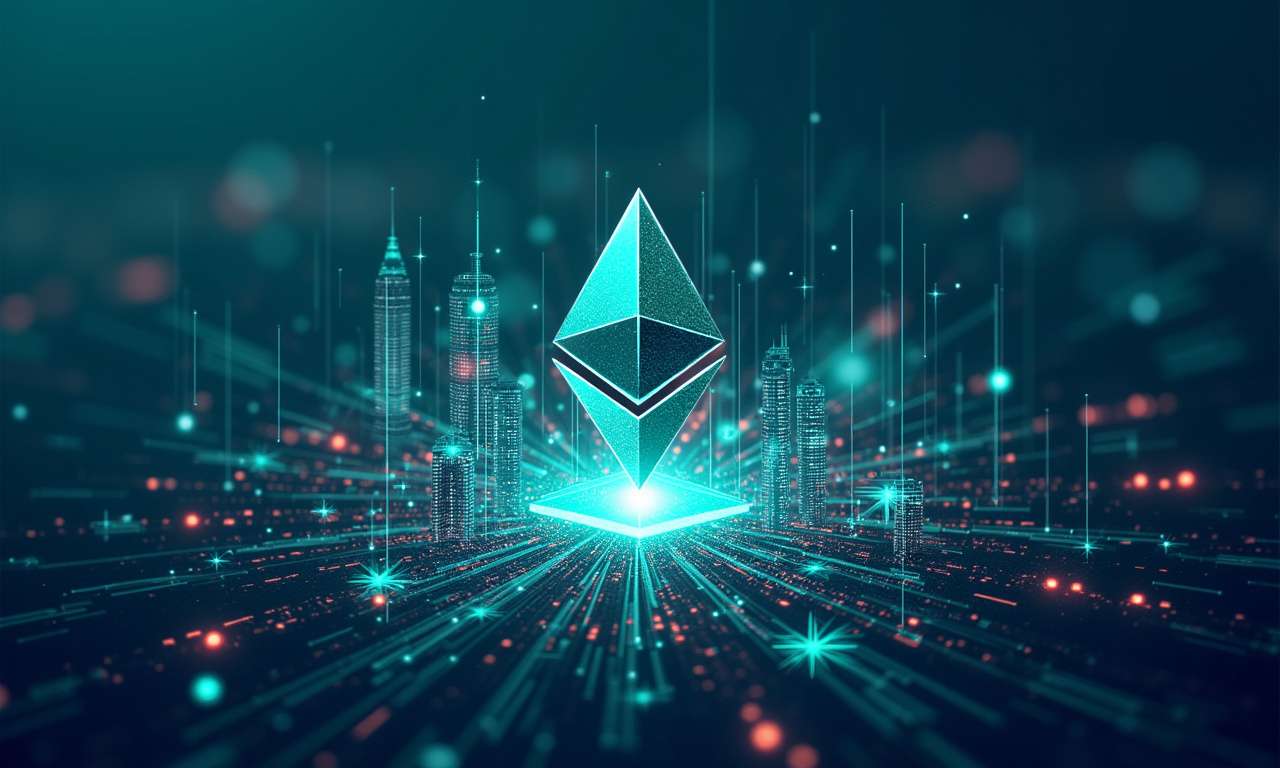Ethereum. We love it, we hate it. We need it. Let’s face it, using Ethereum can be like taking your $500k Ferrari into rush-hour gridlock. All that promise, stifled by traffic and exorbitant dragon fuel costs. That's the problem. It’s an issue that must be addressed today, if we’d ever like to see blockchain truly in the hands of the masses.
Is Ethereum Really Too Expensive?
Yes, it absolutely is. We've all seen the screenshots: $50 to swap tokens, $100 to mint an NFT. But for others, particularly in poorer nations, these costs are just too steep. It’s akin to attempting to democratize access to financial opportunities but then putting up a red carpet on the way in. It rigs it in favor of the rich so that the only people who can really participate. Never mind the microtransaction goldmine, never mind onboarding the next billion users. Ethereum’s long-understood scalability issue has proven to be the last roadblock on the path towards mainstream adoption.
This is not just DeFi degens swapping tokens. Consider the promise of blockchain for things like supply chain management, identity verification, or even voting. These applications need transactions to be very fast, very cheap and extremely reliable. Ethereum as it exists today simply cannot provide that at scale.
There's hope. And that hope arrived in the form of Layer 2 scaling solutions, and more specifically Arbitrum.
Arbitrum: The Quietly Building Giant
Arbitrum isn't the flashiest project. Without the meme appeal of a Little Pepe (LILPEPE) or the AI hype of a Fetch.ai (FET). But what it does have is one of the strongest technical foundations available and an incredibly fast growing ecosystem. It’s the unglamorous, but dependable workhorse in the stable of racehorses.
Imagine that building Arbitrum is like laying a high-speed railway parallel to the interstate that Ethereum is. It offloads a large majority of the traffic thus enabling faster and cheaper transactions. Though its optimistic rollup technology is brilliant. It allows digital assets to be transferred quickly and cheaply by processing transactions off-chain, then batching and verifying them on the main Ethereum chain. That's efficiency.
According to recent CoinMarketCap analysis, the market's attention is shifting towards projects expected to drive growth in the second half of 2025, and here's why Arbitrum is poised to be a frontrunner: its growth isn't tied to fleeting trends, but to the fundamental need for a scalable Ethereum.
Though there are other Layer 2 solutions on the market, Arbitrum has key advantages. Its EVM compatibility allows developers to seamlessly migrate their existing Ethereum applications over to the chain. Its active DeFi ecosystem has caught the attention of several major players like GMX and Uniswap deploying on Arbitrum. Its transaction fees are a literal one thousandth of those on Ethereum mainnet.
What does Arbitrum enable? It helps to realize a future in which the benefits of blockchain technology aren’t limited to the global rich elite. It automatically allows all sorts of microtransactions, opening up whole new business models for content creators and online services. It facilitates more affordable and efficient cross-border transactions, providing opportunities for millions of people and firms in low- and middle-income economies.
| Feature | Ethereum Mainnet | Arbitrum |
|---|---|---|
| Transaction Fee | High | Low |
| Speed | Slow | Fast |
| Scalability | Poor | Good |
Beyond DeFi: Arbitrum's Real-World Impact
Picture this – you read an article online and all it costs is half a cent. Imagine being able to remit to your relatives overseas without incurring such absurd predatory markup fees. That’s the promise of blockchain, and with the help of scaling solutions like Arbitrum, it’s coming closer to being a reality.
It goes even further. Think about NFTs. The recent high gas fees on Ethereum have made it even more challenging for artists to both produce and monetize their work. Arbitrum is the answer, making NFT minting and trading cheaper and more accessible – democratizing access to the powerful new digital art and collectibles economy.
Of course, Arbitrum isn't without its challenges. Competition against other Layer 2 solutions is incredibly competitive. The risk of centralization is indeed a troubling prospect. There’s a dire need to develop and improve as well.
The Road Ahead: Challenges and Opportunities
These challenges are opportunities. Competition drives innovation. The future of decentralization lies in grassroots community governance and new technology to help bridge the divide. With further development, we’ll continue to unlock even greater potential for Arbitrum and the Ethereum ecosystem as a whole.
Ultimately, Arbitrum’s success will depend on whether it can provide an improved and cheaper user experience. It also needs to be out of reach of the ordinary user. This allows them to interact with blockchain applications in a frictionless manner, without ever realizing that they’re interacting through a Layer 2 solution. That's the key to mass adoption.
So, is Arbitrum Ethereum's scalability savior? It's too early to say for sure. But its current trajectory, coupled with the desperate need for a solution to Ethereum's scalability woes, suggests that Arbitrum's growth is just beginning. And that's something worth getting excited about.
So, is Arbitrum Ethereum's scalability savior? It's too early to say for sure. But its current trajectory, coupled with the desperate need for a solution to Ethereum's scalability woes, suggests that Arbitrum's growth is just beginning. And that's something worth getting excited about.
Now, let's build a better, more scalable future, together.




